The sea water in Shark Bay is really salty. In fact, the locals reckon the salt water here is two to three times saltier than the open ocean. Interestingly, when you swim here you actually float really well, a little bit like the Dead Sea.
Aboriginal people have lived on the peninsula for at least 25,000 years. They call this place Wulyibidi.
In 1616, the Dutch explorer Dirk Hartog stepped onto an island just off the coast here, arguably becoming the first European to set foot on Australia. Others, including William Dampier, followed and in 1772, explorer St Alouarn claimed the western side of the continent for France, but he died before he made it back home, so his claim was never endorsed (otherwise we would all be speaking French over here, I guess).
Settlement followed and pearling started in the 1850’s but by the 1930’s the shells had been decimated by overfishing. Around the same time, large pastoral stations were established which brought sheep and goats to the area.
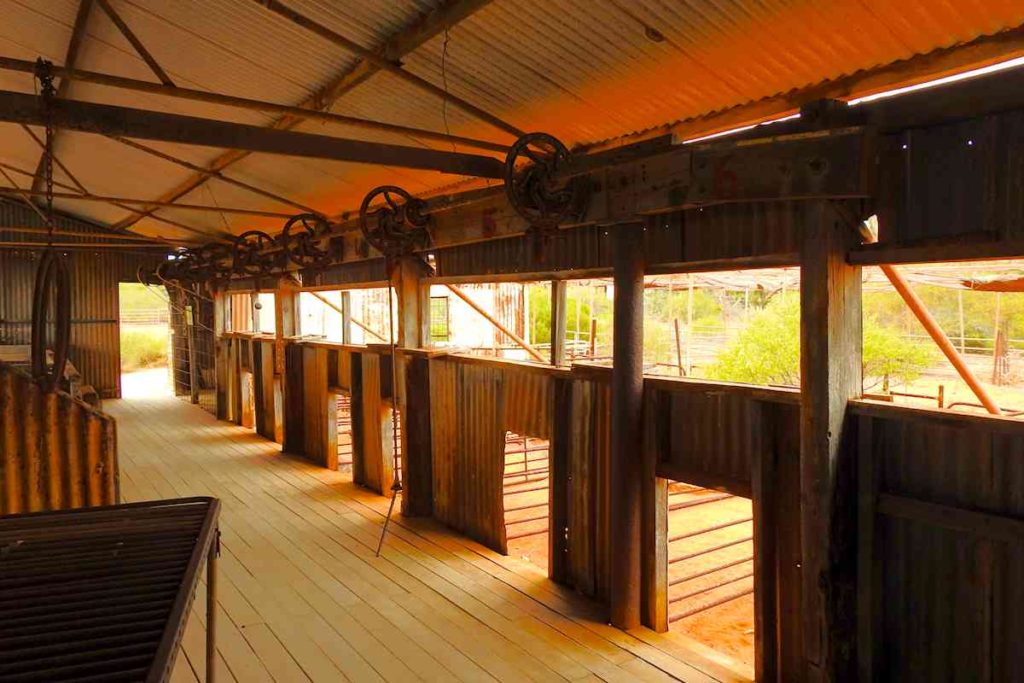
Until 1993 the peninsula was a 100,000 hectare sheep station, with the old shearing shed and shearers quarters still standing. It was a constant struggle as there is little surface water and bore water is very salty.
This area is now declared a national park and named in honour of Francois Peron, the French anthropologist and naturalist. Peron meticulously documented the area and the Aboriginal people living here during expeditions in 1801 and 1803.
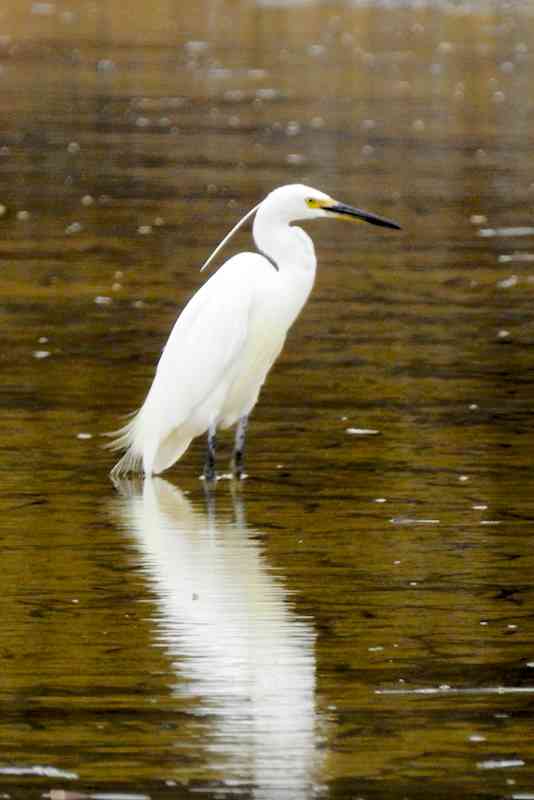
After decades of grazing, the area is slowly returning to its natural state. They are attempting to remove all feral animals and reintroduce lost native species, such as bilbies. Of course, this is a monumental task and unfortunately, feral goats, dogs and cats are still very much in evidence.
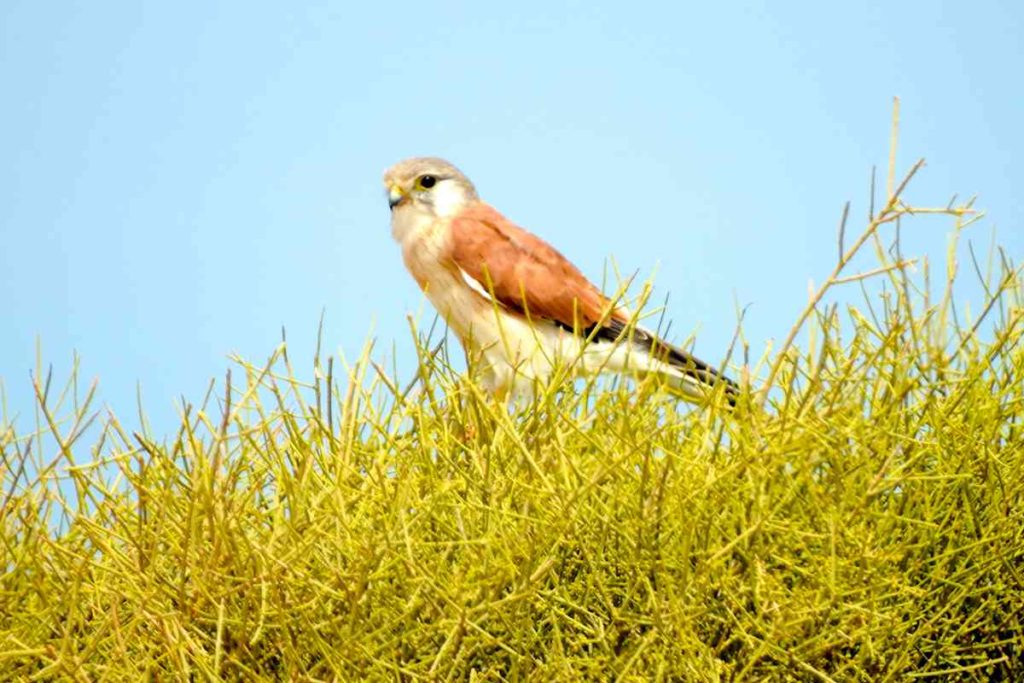
This little Nankeen Kestrel was surveying his domain from the top of a handy bush
I set off to Big Lagoon on the west coast of the peninsula. All tracks in the park require 4WD as they are very narrow and sandy. Letting my tyre pressure down ensured a pretty stress-free drive out to this arid and remote place.
Big Lagoon is a beautiful spot, with camping sites right next to the gently lapping water. It was a peaceful place with lots of wildlife, including birds and these cute little kangaroos:
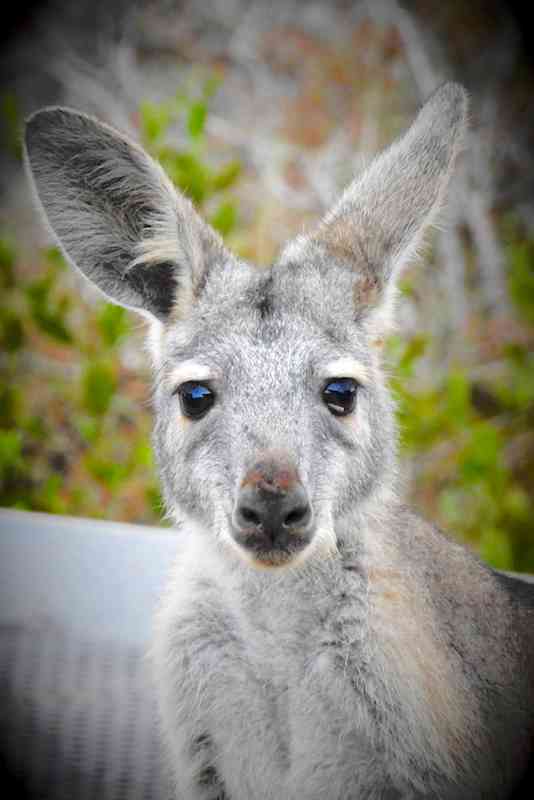
Aww, so cute
Watchful crabs foraged on the sand when the tide was out:
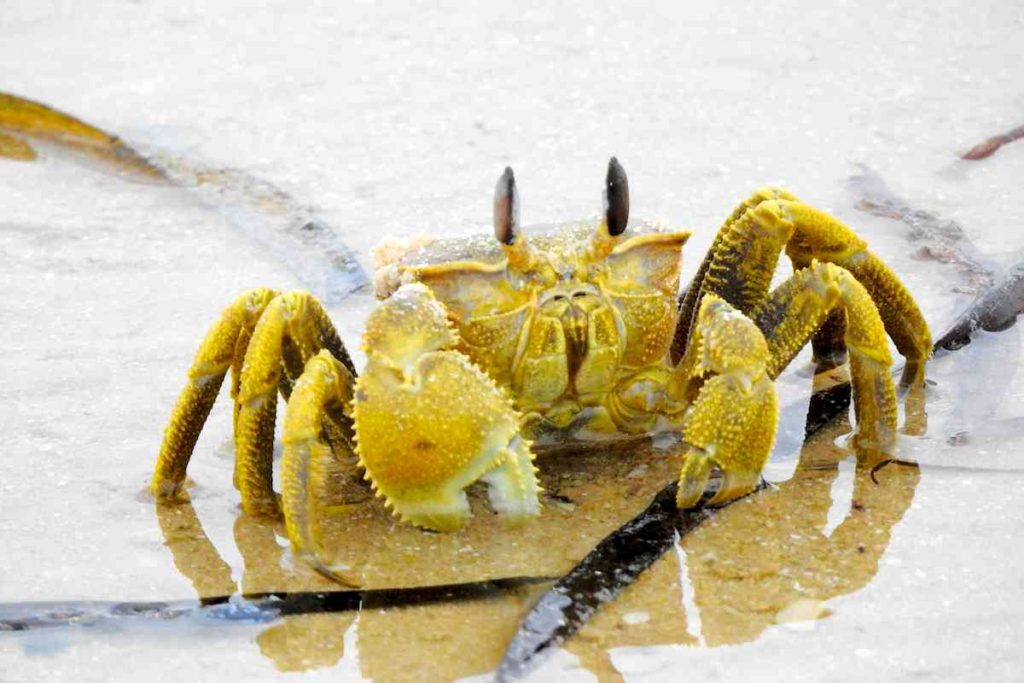
There was quite a bit of cloud around, the weather at times looking very ominous.
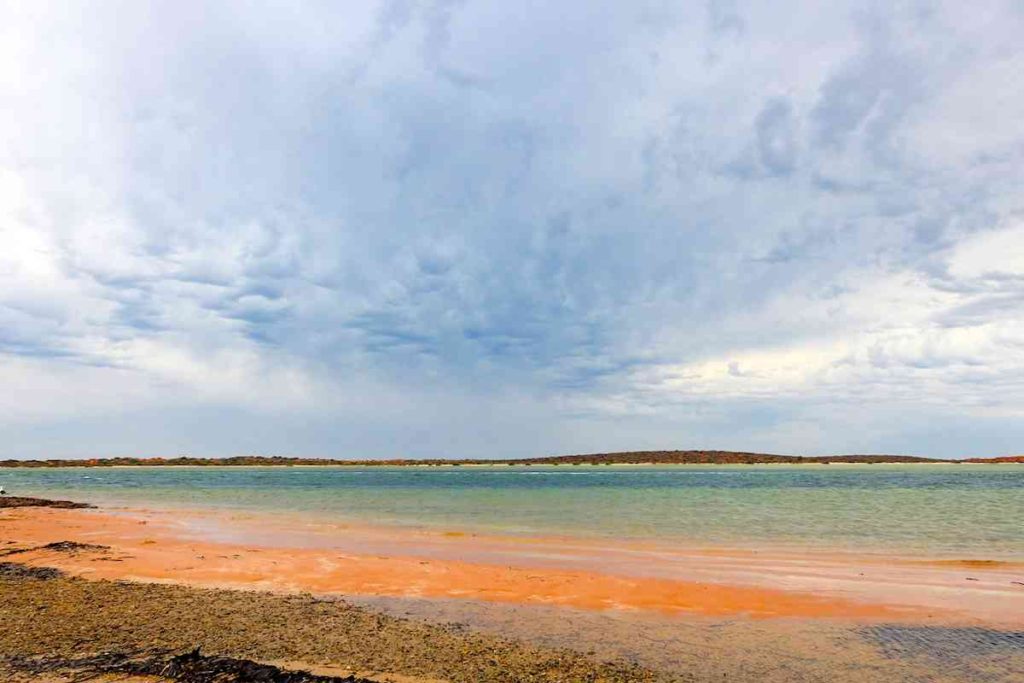
Luckily there wasn’t any rain to speak of, so I was able to partake in my favourite evening ritual.
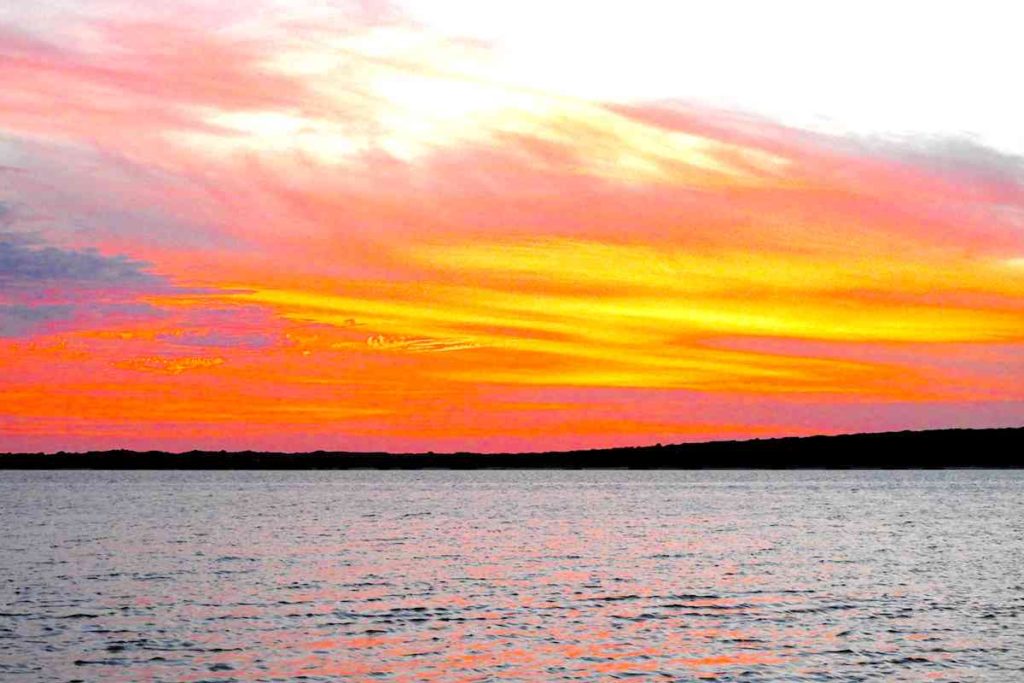
This is sipping my pre-dinner drinks sitting right at the water’s edge. Most nights enough colours came through, even with the cloud; do I ever need an excuse to share another sunset image with y’all?
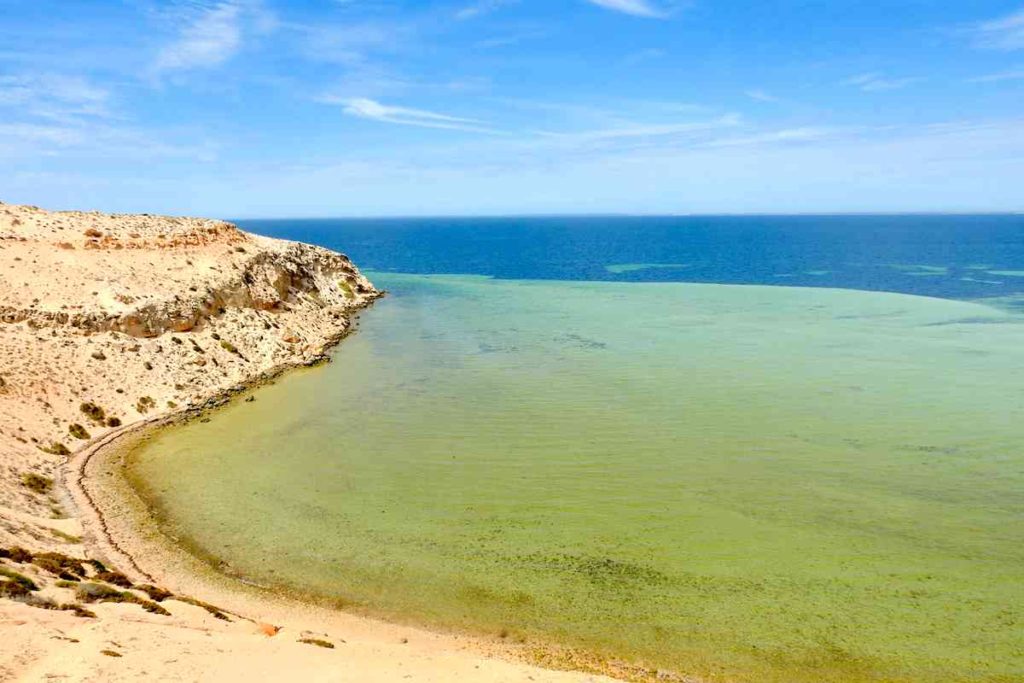
At Eagle Bluff a pathway with lookouts give you an amazing view out over the shallow waters of the bay.
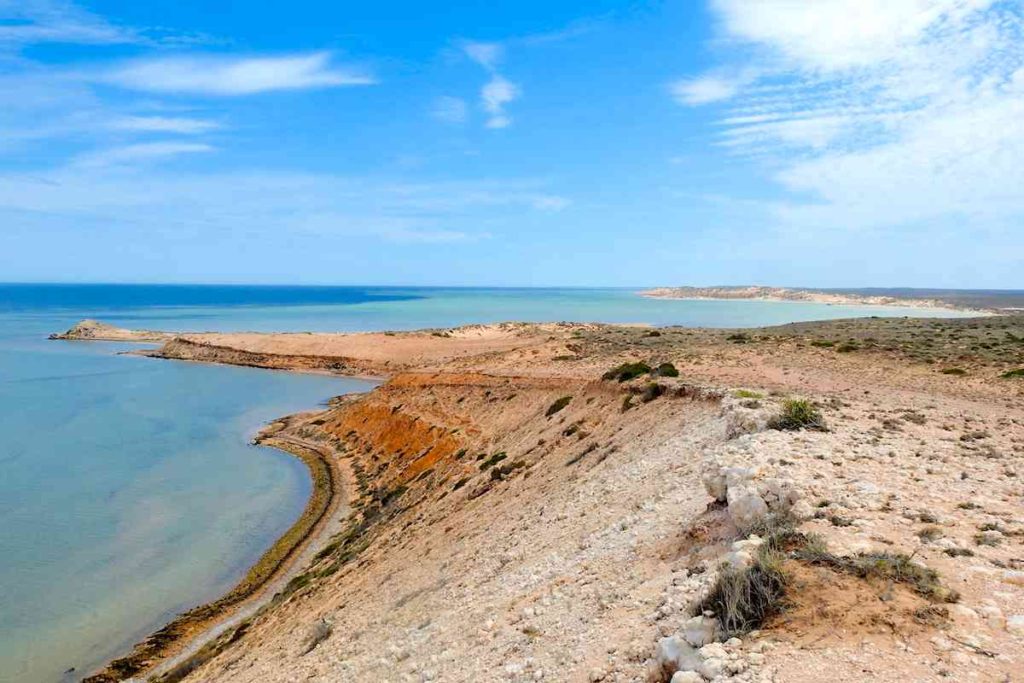
From this high vantage point, I could see several sharks gliding through the crystal clear water, I guess looking for a bite of lunch.
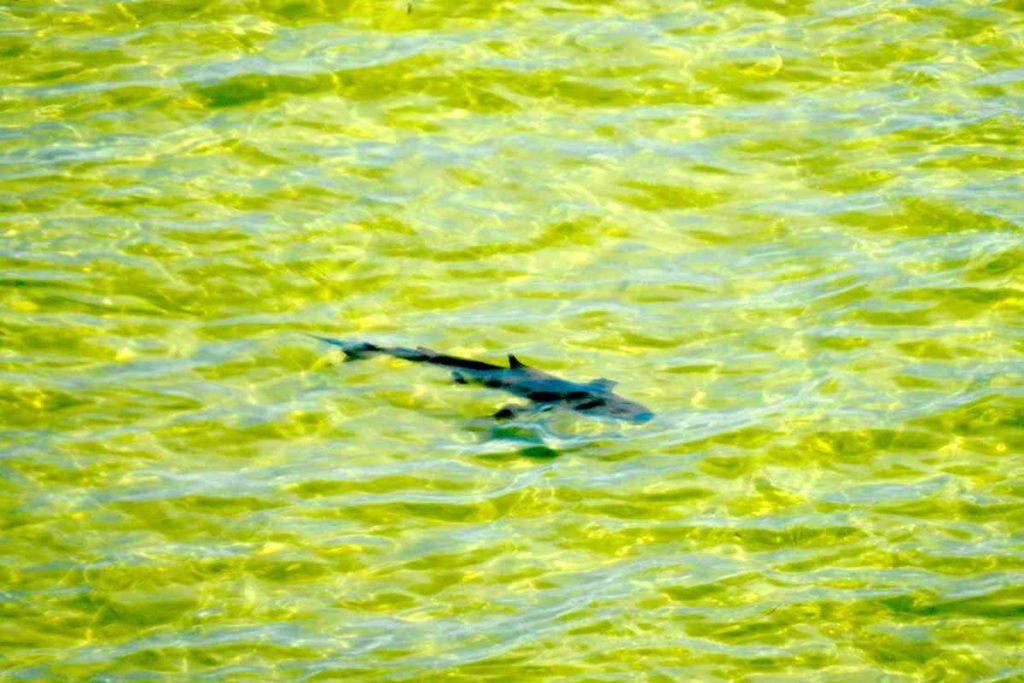
So, Shark Bay is well named; there really are sharks here!
Only Shells
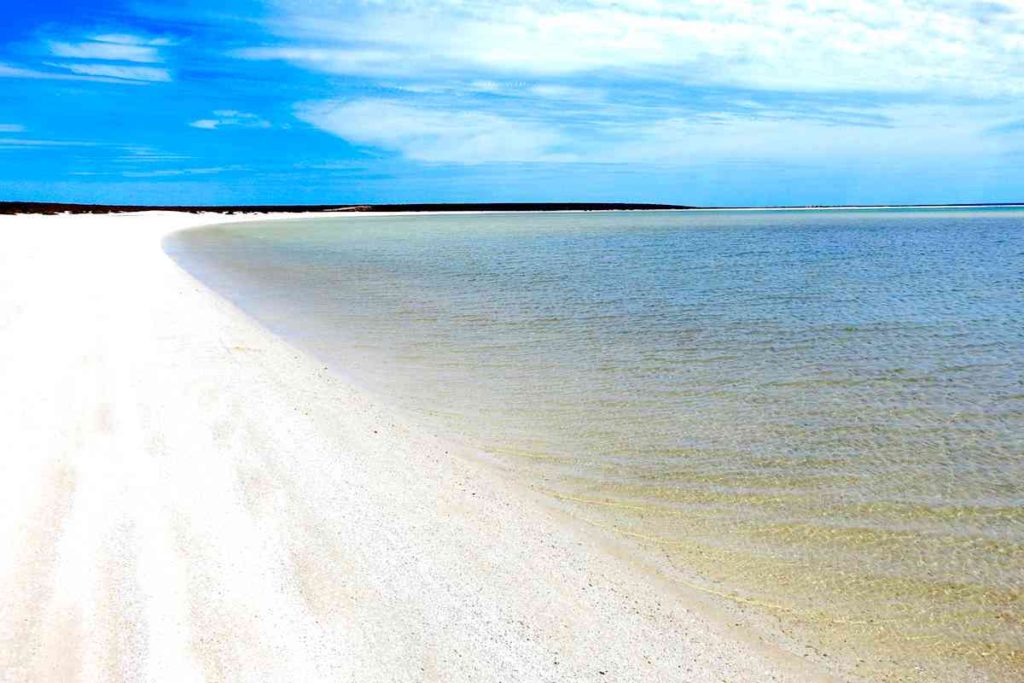
No sand here! Formed on the super-salty waters of L’haridon Bight, Shell Beach is composed entirely of white shells.
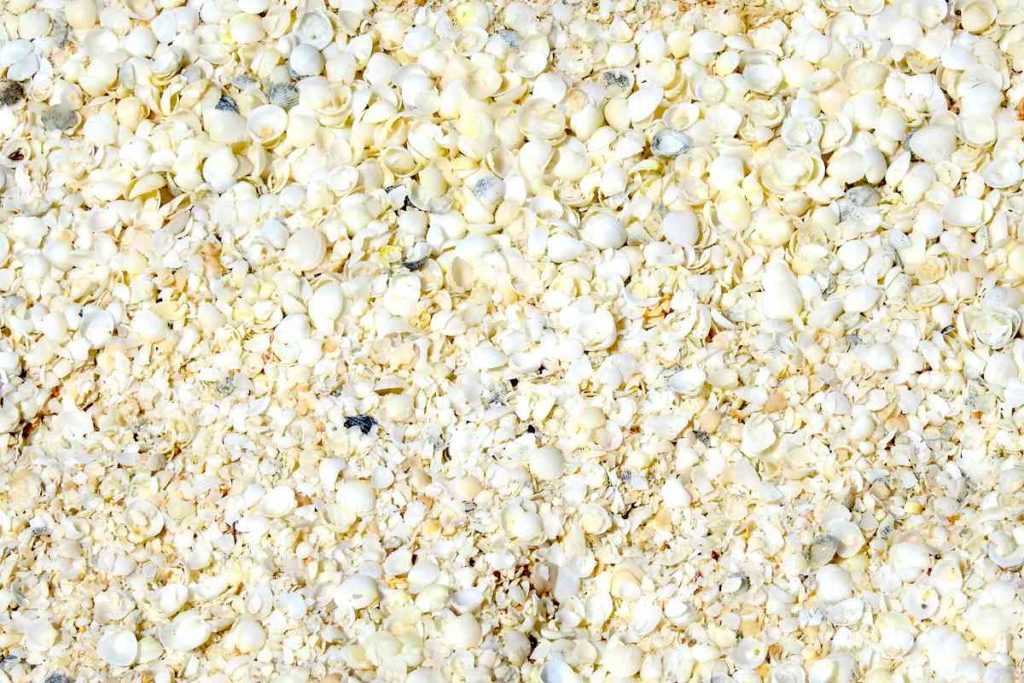
You definitely need sunglasses here as the white beach is nearly blinding in the relentless sunlight!
Blue and Green
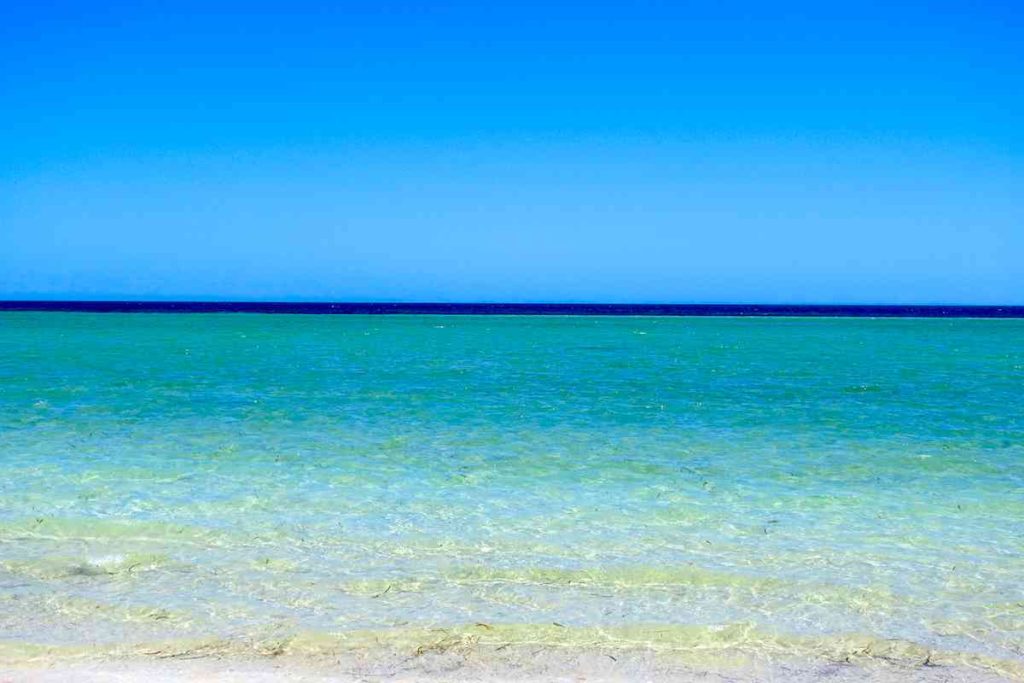
Nanga Bay is a rustic campground that overlooks the massive marine park of Henri Freycinet Harbour, which forms the western side of Shark Bay. Here, the shallow and warm water is a beautiful turquoise colour, a striking contrast with the startling blue of the deeper water and sky.
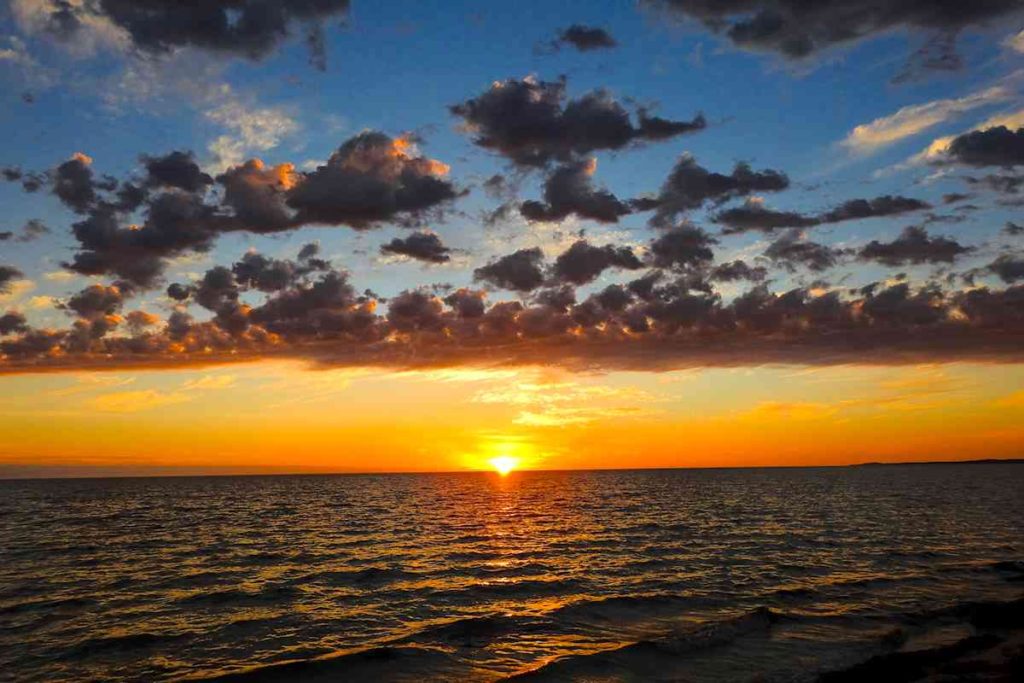
Whilst here, I met two charming travellers from Germany, Dominik and Bianca. They joined me in a glass of wine to appreciate spectacular beachside sunsets, which I really enjoyed sharing with them.
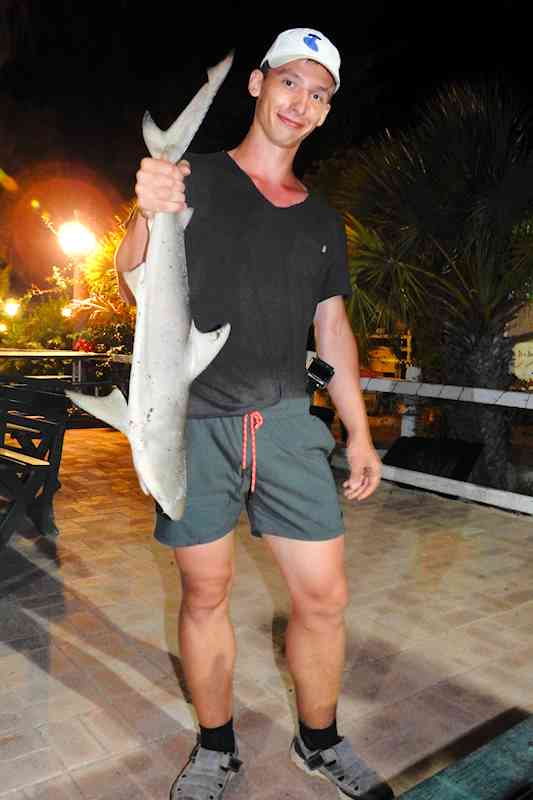
Dominik was keen to try his hand at fishing from the beach and this night he landed this little Lemon Shark, which was pretty impressive.
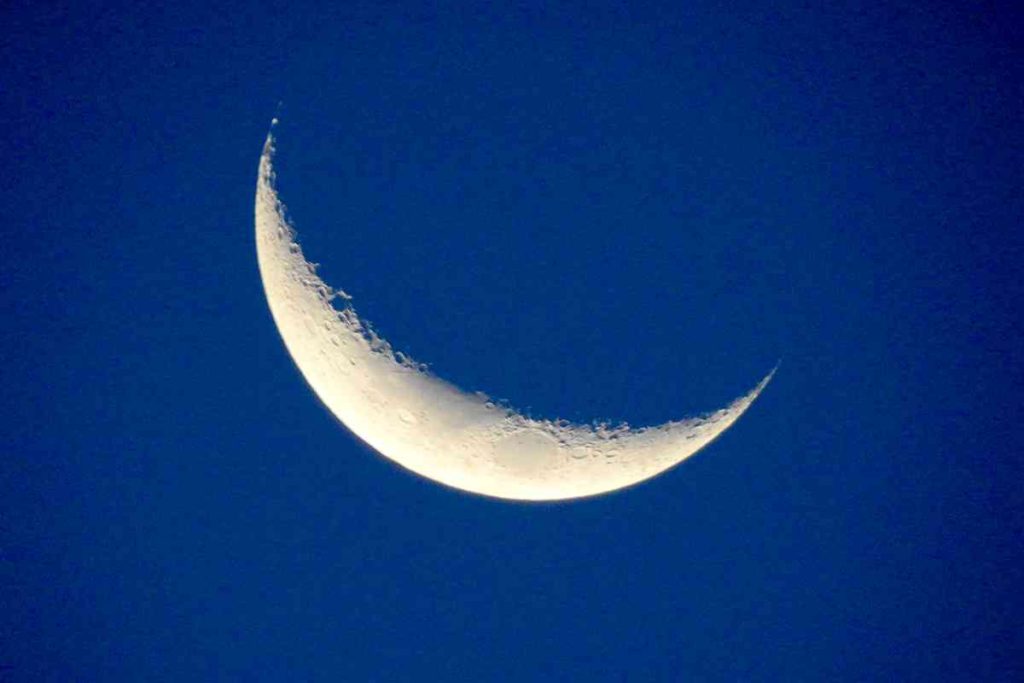
Stromatolites at Hamelin Pool
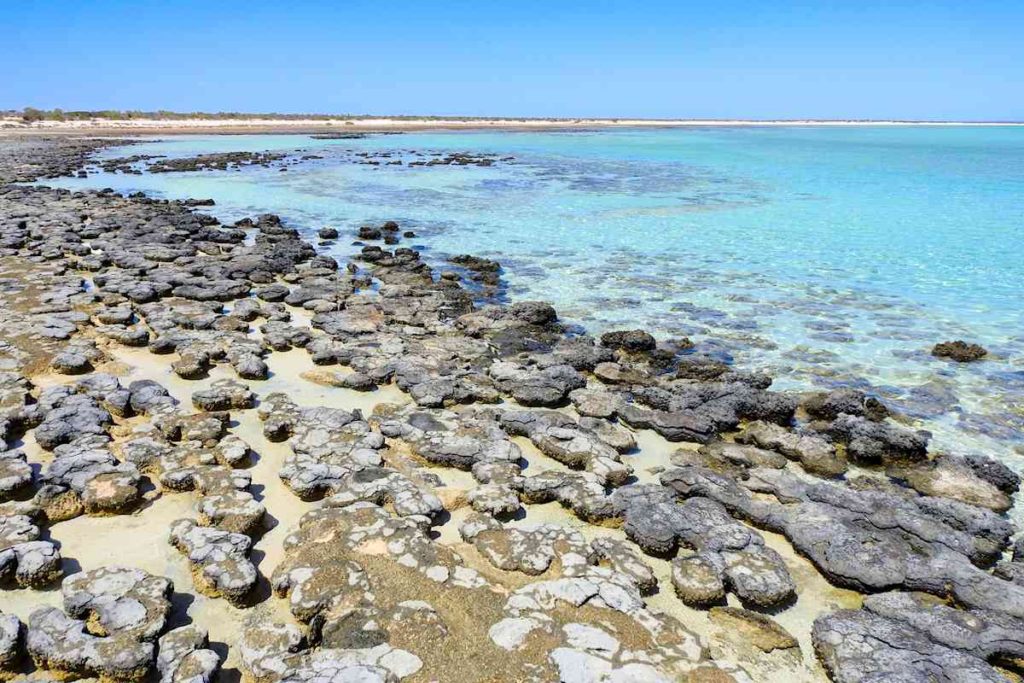
They might not look like much, but these rather nondescript things are stromatolites and they are the oldest lifeform known on Earth!
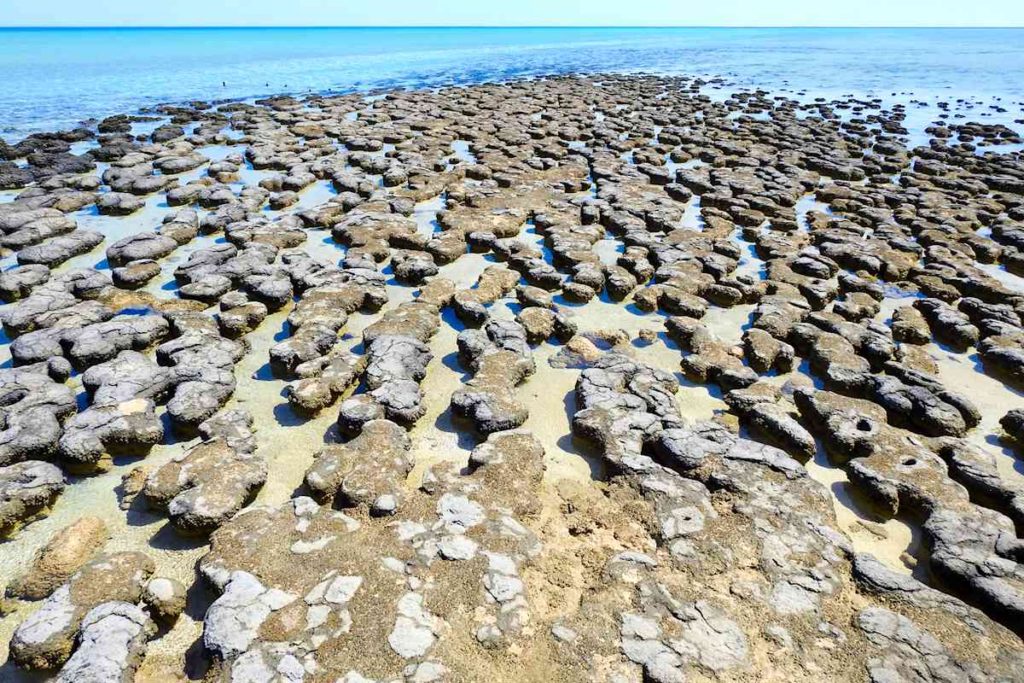
This is what life on Earth looked like three billion years ago. In fact, this is one of only two places on Earth that stromatolites still live.
Stromatolites are microscopic creatures that work together, forming complex communities. And we should be thankful for them because stromatolites added the oxygen into Earth’s atmosphere, so other life forms – eventually including us – could exist.
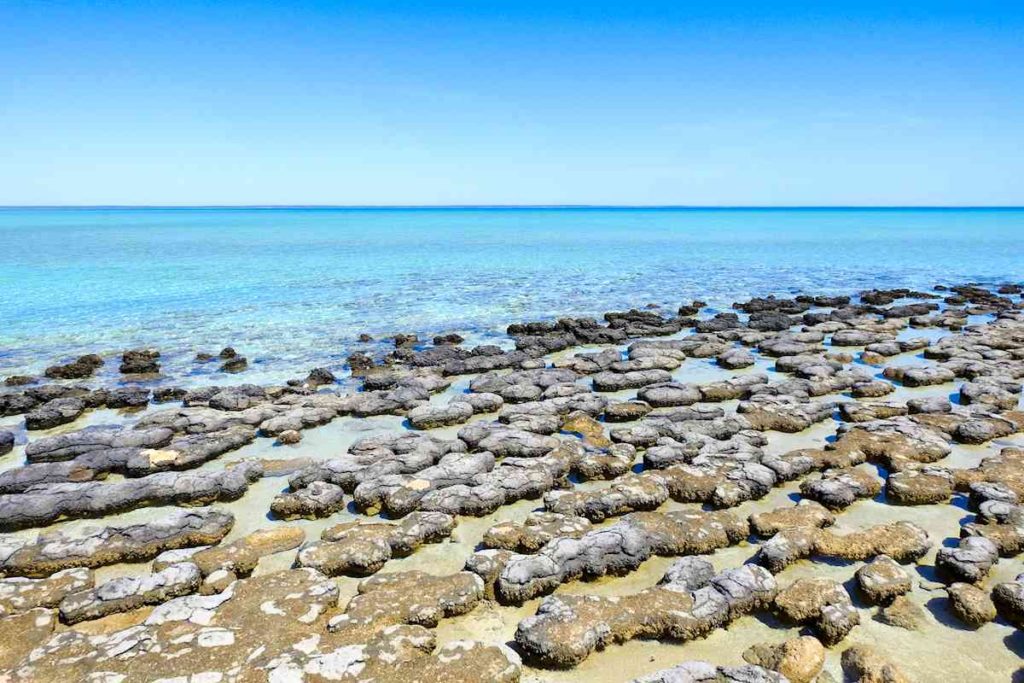
So there! Who would have thought these unprepossessing lumps sitting in a salty tidal pool on the west coast of Australia would be so interesting?

